Reflective Meditation
Let your mind run free in meditation—then write down what happened. The post Reflective Meditation appeared first on Tricycle: The Buddhist Review.
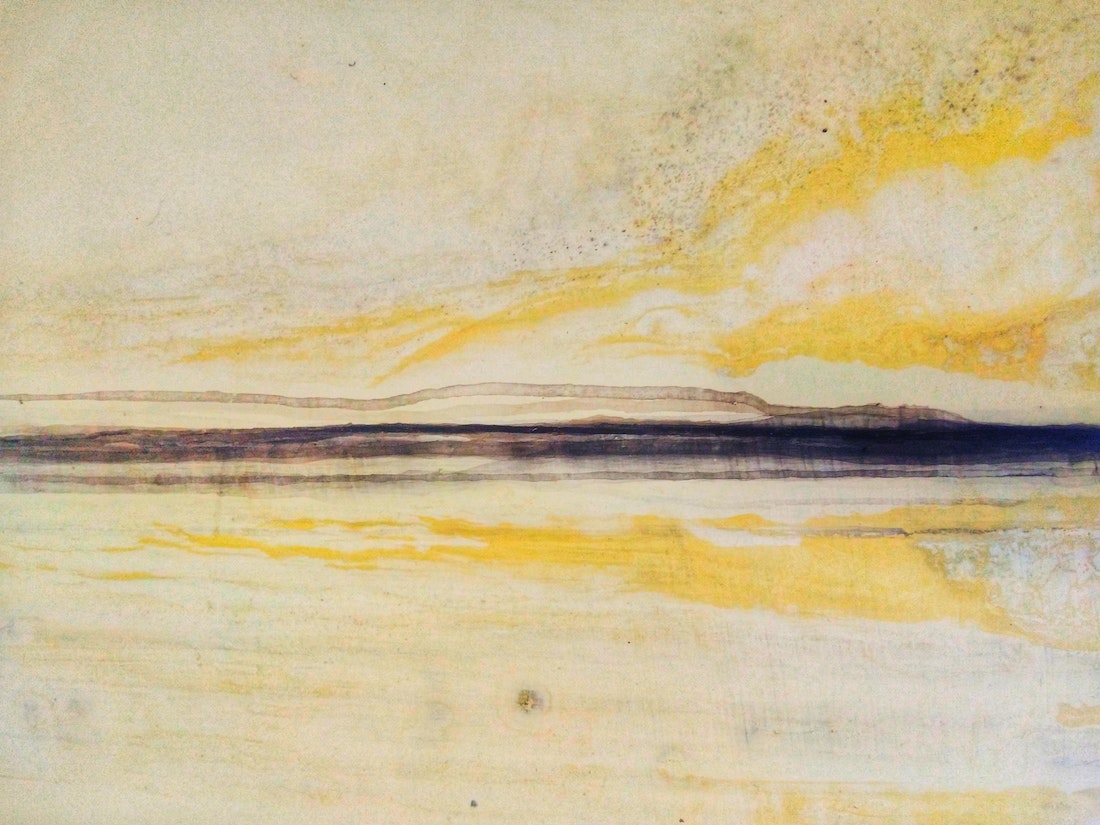
Most people come to meditation with some pretty clear ideas of what it is and what it isn’t. Most meditation instructions are designed to create or generate what is deemed to be the “right” experience. Even when it’s said lightly or implied, the underlying message is to put aside or ban experiences that don’t fit within a particular kind of meditation.
But there can be value in many kinds of experience. They have different benefits, and some benefits can’t be perceived until much later, if at all. One benefit may be time out from the demands of life, or even the demand to have a fruitful meditation.
In meditation we’re letting go of a major desire we all have: to take action. When we sit down for a period of meditation we do our best not to get up and answer the phone, respond to emails, watch movies, make phone calls, eat or drink. And if we do any of these things while meditating (which is possible online), we try to be more mindful in doing it, though we still have a goal to eventually, at some point, be relatively still.
When we’re gentle with whatever shows up in meditation, we can see more about how our experience changes. Seeing more is a kind of wisdom. It doesn’t always happen in the moment, and doesn’t happen with everything, but we are able to embrace much more than we had been able to before.
In 2020, at the height of the pandemic, we held an online retreat. Our motto for the retreat was a call for gentleness: Things happen. Take it easy. Take care. Do your best. We will do ours. We couldn’t ask more from participants, or ourselves. And we aren’t asking more from you.
Things change, we change, and that is difficult at times, and at other times it leads to new and innovative perspectives.
New and innovative perspectives are the fruit of reflective meditation, in which we record the content of our meditation sessions. In our practice we’ve also called it creative meditation, or free-range meditation; we let things go on. We give our experience a big field to roam in. Unexpected experiences pop up, the stuff of creativity. Our inner worlds are messy like a zoo, but the animals aren’t in separate cages, neatly compartmentalized. Learn to love these wild animals! Learn to give our experiences the respect they deserve.
Our experience is complex; we can’t process one aspect in isolation from everything else. Creative meditation requires the capacity to tolerate this complexity. Rather than segregating thoughts, feelings, sensations, reactions, and contemplations, let them all roam around in your inner experience. Get to know them, even if they seem foreign and confusing. Don’t neatly tie up experience with colored ribbons too soon. It’s not that simple! If we can’t tolerate complexity, we could find ourselves living in a black and white world, holding to black and white views and opinions. That’s what gets us into trouble.
When we let in the disturbing, the terrifying, the annoying, we also let in the unknown and the creative. Our lives become vivid and colorful.
The Buddha advocated using speech wisely, “skilfully”, and he spoke in creative, conversational ways. His insistence on skillful speech points us in the direction of being more honest, more truthful, and more direct whenever possible. Reviewing emails in meditation, for example, something typically seen as a waste of time, can provide the raw ingredients for speaking from our values. We’re referring to an important development in Buddhism, wise and kind speech, which appears both as one of the ‘folds’ on the eightfold path of awakening, and as one of the five basic ethical precepts.
Is it surprising that ethics and creativity come together? It can seem as if we should simply be more disciplined to be ethical. More disciplined to meditate. More disciplined to be creative. More disciplined to awaken. Can’t we just memorize the Buddhist teachings and use them as they have been taught to us?
Creativity also relates to a process in meditation practice where the raw ingredients get blended, melded, intermixed with some mystery, like an abstract painting. We lose touch with our familiar inner world. Maybe our senses operate in odd ways. Unexpected things happen. Increasing our capacity to mix colors. Not just the black and white, but so many other shades and colors. Our inner and outer landscapes become more colorful, multi-dimensional, and vivid.
New views, new understandings, new developments, new ways of regarding the same contents of our meditation—all this feels and is creative. It can be insightful, transforming, and awakening. And, it changes the landscape of the dharma teachings themselves.
Greater awareness develops in three phases in reflective meditation. First we meditate, allowing whatever to transpire. Then we take a step back and reflect upon it, finding words often in writing, for what happened. Then we speak it aloud to a teacher and/ or to peers. Each of these phases shines the light of awareness, each a bit differently and from a different perspective.
We use writing as a means to gain greater awareness. In some approaches to Buddhist meditation, writing is explicitly forbidden on retreat. I used to “sneak” writing during meditation retreats, because I needed to bring my thoughts and experiences out in order to process them.
There are two ways we structure writing. After meditating, we leave about ten minutes to reflect back and take notes about what happened in the meditation, with the caveat that it’s impossible to remember all or even most of what happened. Our inner worlds are multidimensional collages, with so much unfolding, and sometimes so quickly. Other times things become slow, deep, spacious that it’s hard to recall because we’d become so immersed. There’s no need to write things down in chronological order, though sometimes this might be easier. Make lists, draw pictures, write paragraphs. Search for words that approach what actually happened.
Sometimes we set aside periods of free-form writing, usually to address a prompt or an open-ended question or exploration. I tell students to “let it rip”, to not be concerned with grammar or punctuation. We suggest you meditate in the same way. Surprising things come out.
Some people swear by the old-fashioned way of writing with pen on paper. This supposedly creates more mind-body connections. Others find that they can keep up with what happened more easily by typing it. Like so much else we suggest, you should find your own way.
What about the insights that come from meditation? We don’t want to lose track of them. Writing them down preserves them so we can refer back to them later. After all, these insights can be elusive, floating barely above conscious awareness. Insights may arise within the meditation, in reflection and writing or when speaking with a teacher. Insights might be overlooked, discounted or be too subtle to be perceived.
Reflective Meditation Instructions
In an open, unstructured meditation approach there are many ways to meditate. You’ll find your own way, and over time it will change. By reflecting on your meditative process, you become aware of how you’re meditating and how meditation supports and informs you. Here are some initial suggestions to get started.
These basic meditation instructions can be helpful for beginning meditators. If you already have a meditation practice, you can try these instructions, or you can meditate in the ways that you’re accustomed to. Consider this approach as another kind of meditation with different benefits.
1. Finding structure
Choose a comfortable position, maybe with the support of a chair or cushion. It’s easier to settle when you are comfortable. Find a quiet place where you’re not likely to be disturbed. Choose a length of time to meditate. Consider starting with between ten and thirty minutes. Don’t stress yourself trying to meditate for too long. Using a timer can help.2. Moving around
Let your thoughts, feelings, emotions and attention move around. Whatever arises in meditation is okay: nothing is inherently taboo. Let your attention go where it is drawn. This might not feel like conventional notions of meditation. Try to keep your body still. If you become uncomfortable, move slowly and carefully into a more comfortable posture. Stillness in meditation develops with practice over time.3. Settling in
At times you may want to ground your attention, especially if things become chaotic or overwhelming. You need not stay for long with a fixed object, though sometimes you will settle for a while. You can experiment with perching on the still point where your body touches the earth; where the feet touch the ground, or the body touches the chair, couch or cushion. If you have a meditation practice, use a focus object that comes easily to you such as the breath, awareness of the body, or a mantra. There’s no need to fly back to a perch when something else is calling for your attention.4. After Meditation
Take time to reflect on your meditative experiences; this is how you’ll develop more meditative insight. Journaling can support awareness and memory. Write down what is easiest to remember first. Then fill in more as you remember it. Describe your experience in your own words. Try to stick with what happened in the meditation. If you add interpretation or associations, put these thoughts in parenthesis or some other notation. This helps discern what happened in the meditation from what followed from it. Consider the content of your thoughts, the tone of your emotions, your relationship to your experience. Did you hear sounds, feel sensations, hear thoughts, see visuals? How did you relate to what happened? Whatever you remember will be enough. Don’t be concerned with remembering all of it: it’s not necessary or possible.⧫
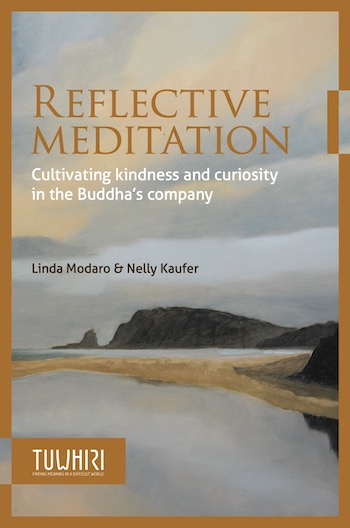
Reprinted here by permission from Reflective Meditation: Cultivating kindness and curiosity in the Buddha’s company by Linda Modaro and Nelly Kaufer, published by Tuwhiri (2023), Wellington, Aotearoa New Zealand.

 Tfoso
Tfoso 







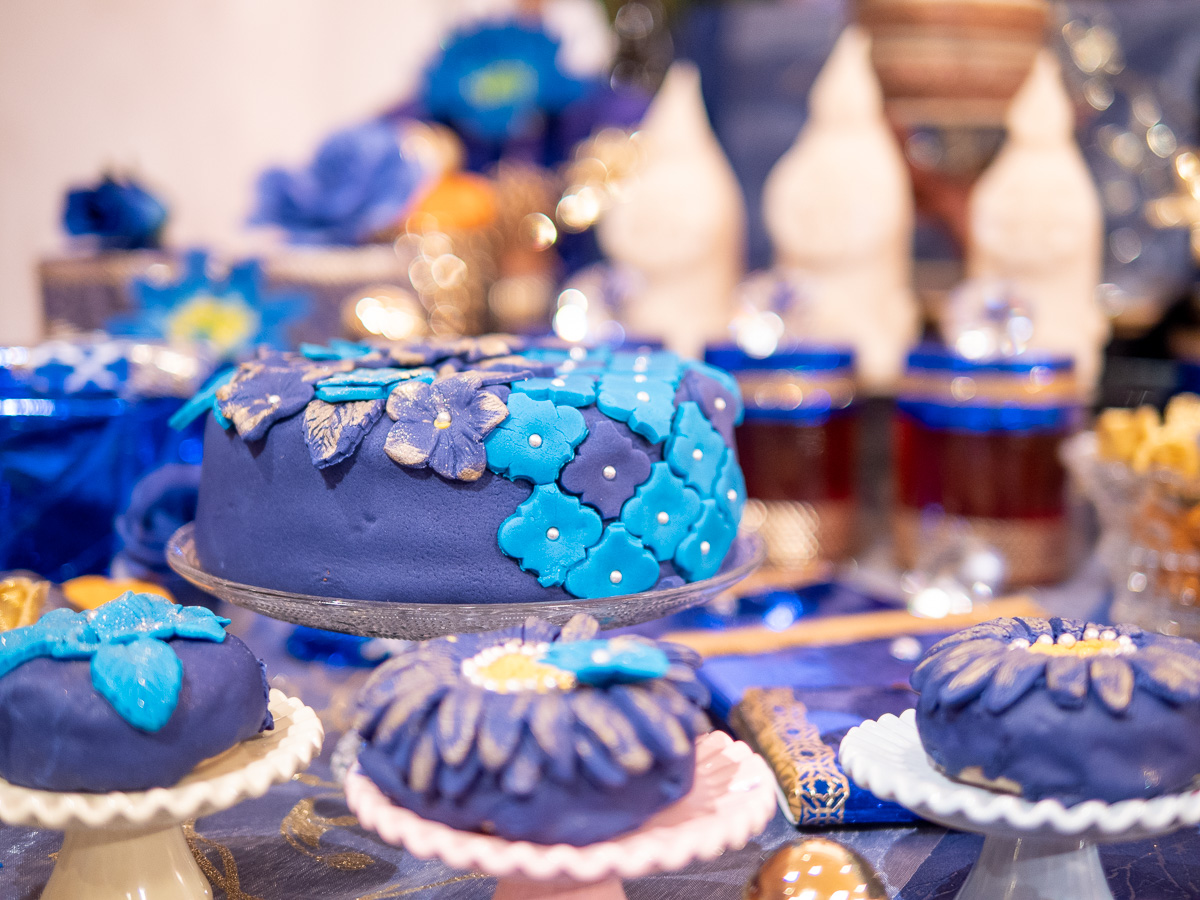
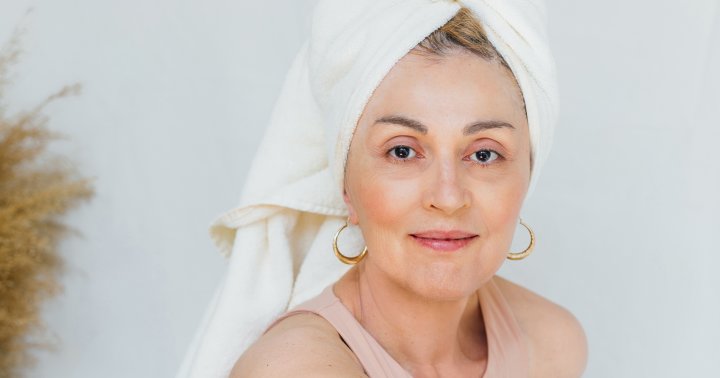
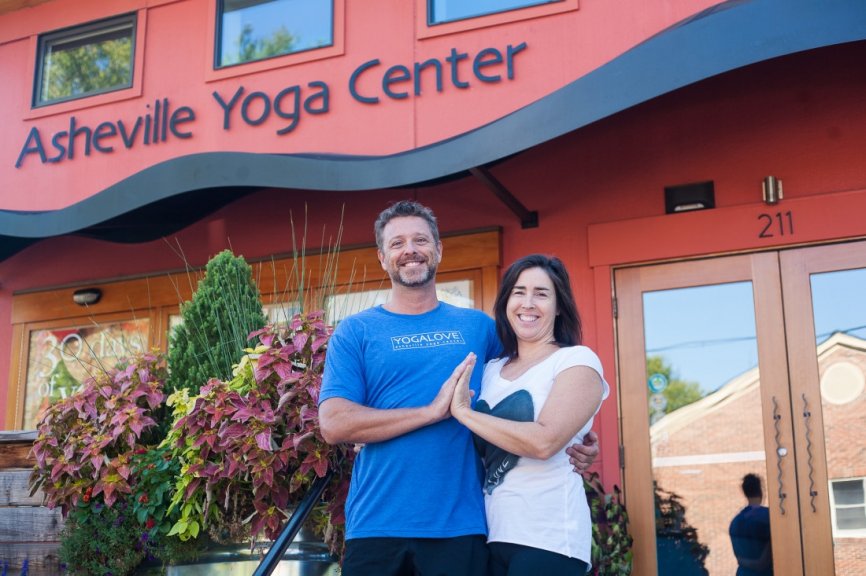


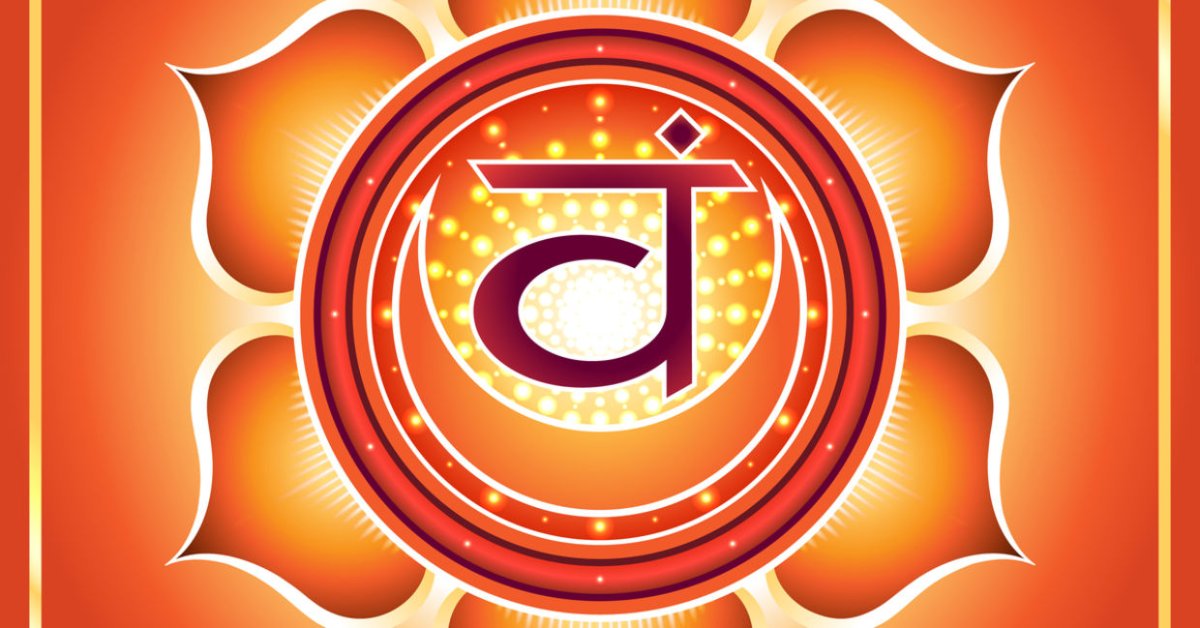






.jpg&h=630&w=1200&q=100&v=6e07dc5773&c=1)












